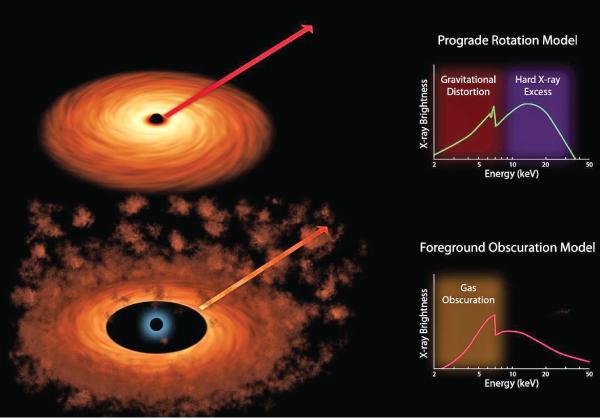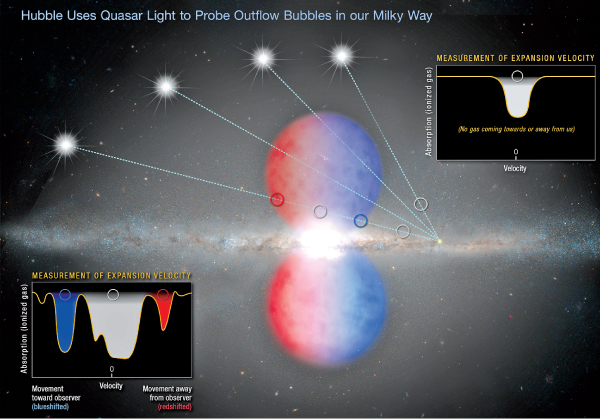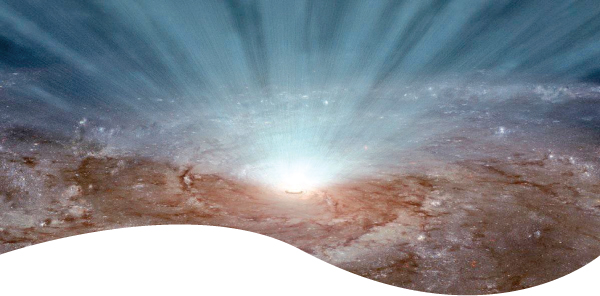
 The NASA/ESA Hubble Space Telescope has captured this vivid image of spiral galaxy Messier 77 — a galaxy in the constellation of Cetus, some 45 million light-years away from us. The streaks of red and blue in the image highlight pockets of star formation along the pinwheeling arms, with dark dust lanes stretching across the galaxy’s starry centre. The galaxy belongs to a class of galaxies known as Seyfert galaxies, which have highly ionised gas surrounding an intensely active centre.
The NASA/ESA Hubble Space Telescope has captured this vivid image of spiral galaxy Messier 77 — a galaxy in the constellation of Cetus, some 45 million light-years away from us. The streaks of red and blue in the image highlight pockets of star formation along the pinwheeling arms, with dark dust lanes stretching across the galaxy’s starry centre. The galaxy belongs to a class of galaxies known as Seyfert galaxies, which have highly ionised gas surrounding an intensely active centre.
What is a black hole?
Black holes are one of the most mysterious and powerful forces in the universe. A black hole is where gravity has become so strong that nothing around it can escape, not even light. The mass of a black hole is so compact, or dense, that the force of gravity is too strong for even light to escape.
Can we see them?
Black holes are truly invisible. We can't actually see black holes because they don't reflect light. Scientists know they exist by observing light and objects around black holes.
 Strange things happen around black holes to do with quantum physics and space time.
Strange things happen around black holes to do with quantum physics and space time.
This makes them a popular subject of science fiction stories even though they are very real.
How are they formed?
Black holes are formed when giant stars explode at the end of their lifecycle. This explosion is called a supernova. If the star has enough mass, it will collapse on itself down to a very small size. Due to its small size and enormous mass, the gravity will be so strong it will absorb light and become a black hole. Black holes can grow incredibly huge as they continue to absorb light and mass around them. They can even absorb other stars. Many scientists think that there are super-massive black holes at the center of galaxies.
Event Horizon
There is a special boundary around a black hole called an event horizon.
It is at this point that everything, even light, must go toward the black hole. There is no escape once you've crossed the event horizon!
Who discovered the black hole?
The idea of the black hole was first proposed by two different scientists in the 18th century: John Michell and Pierre-Simon Laplace. In 1967, a physicist named John Archibald Wheeler came up with the term “black hole”.

Fun facts about black holes
*Black holes can have the mass of several million suns.
* They don't live forever, but slowly evaporate returning their energy to the universe.
* The centre of a black hole,where all its mass resides,is a point called a singularity.
* Black holes differ from each other in mass and their spin. Other than that, they are all very similar.
* The black holes we know about tend to fit into two size categories: “stellar” size are around the mass of one star while
“super massive” are the mass of several mil lions of stars. The big ones are located at the centers of large galaxies.
